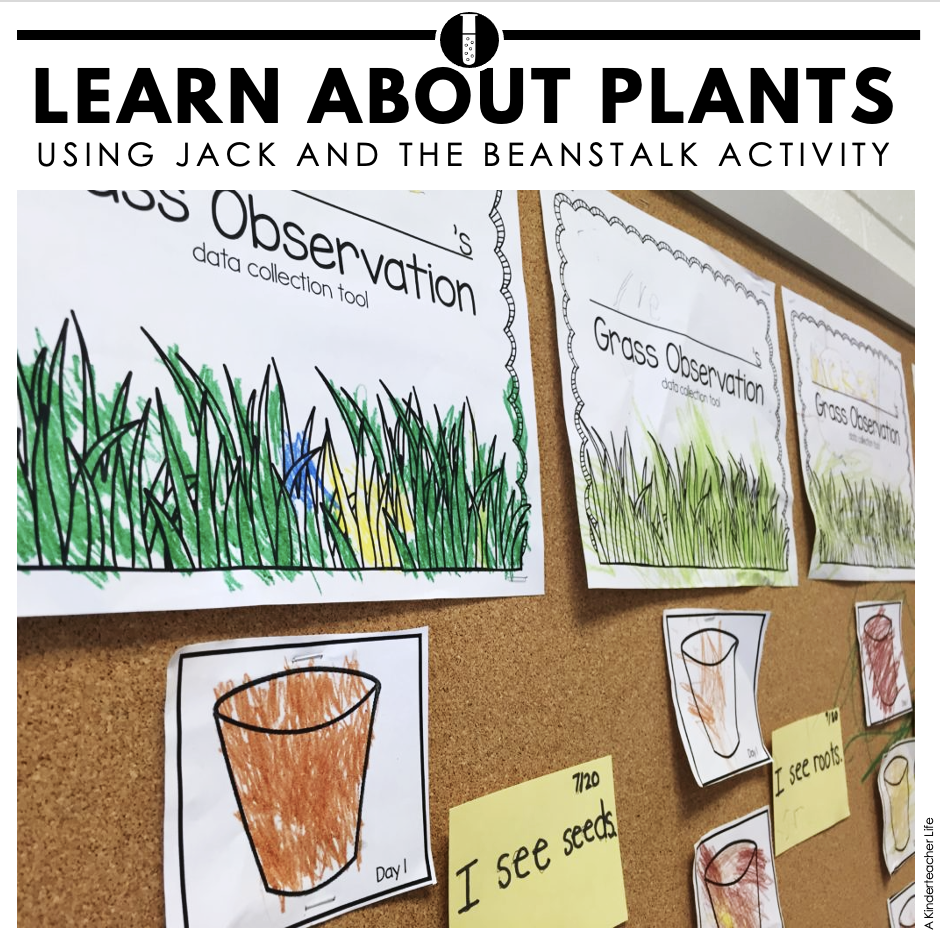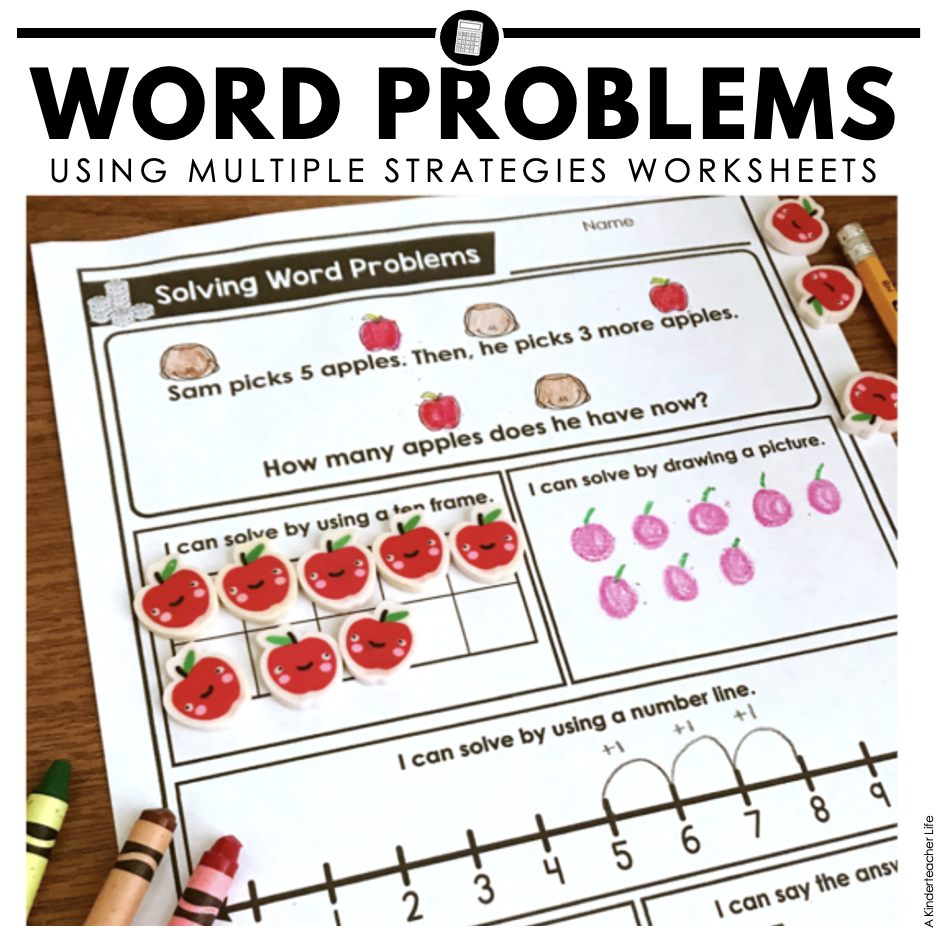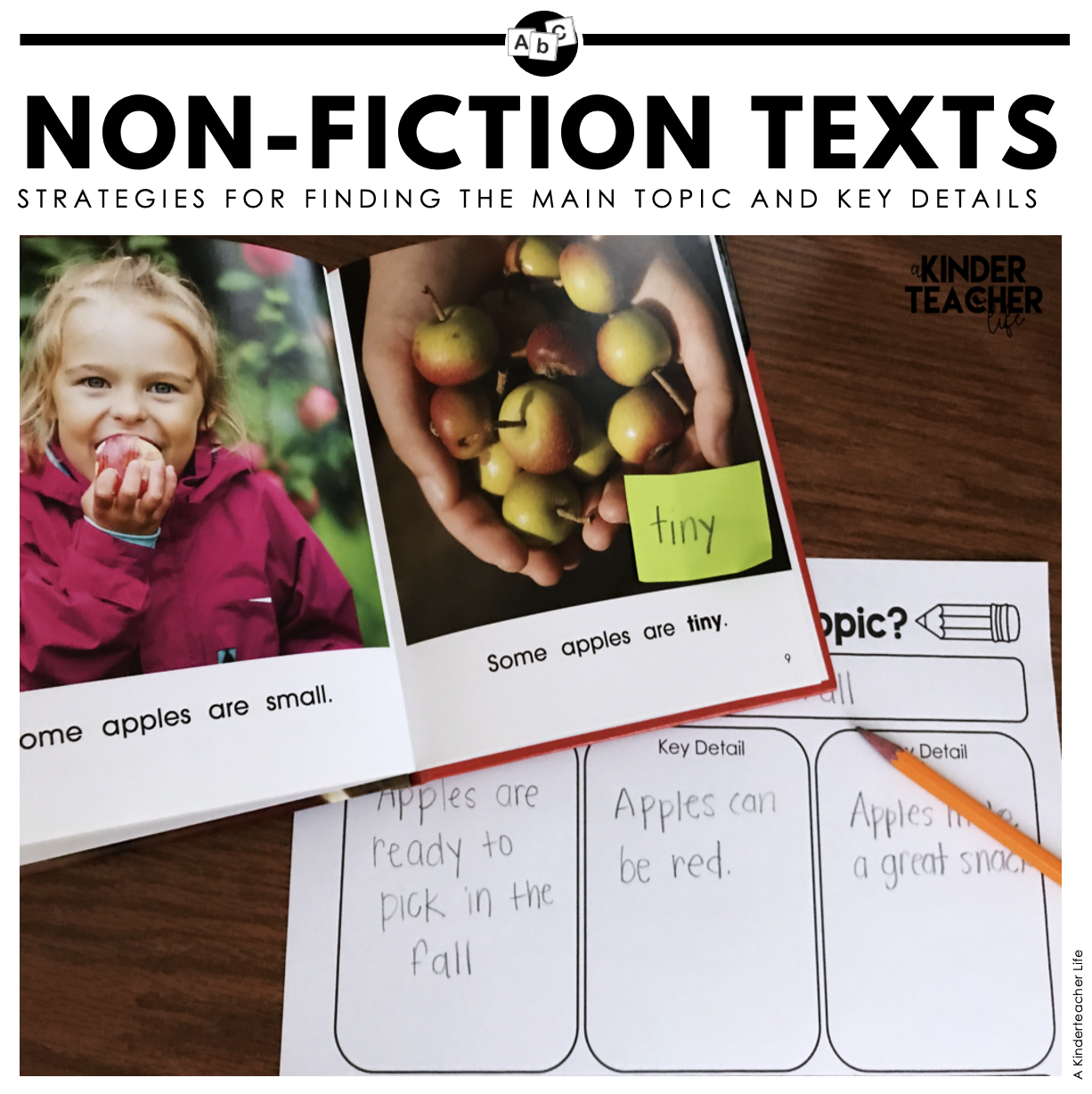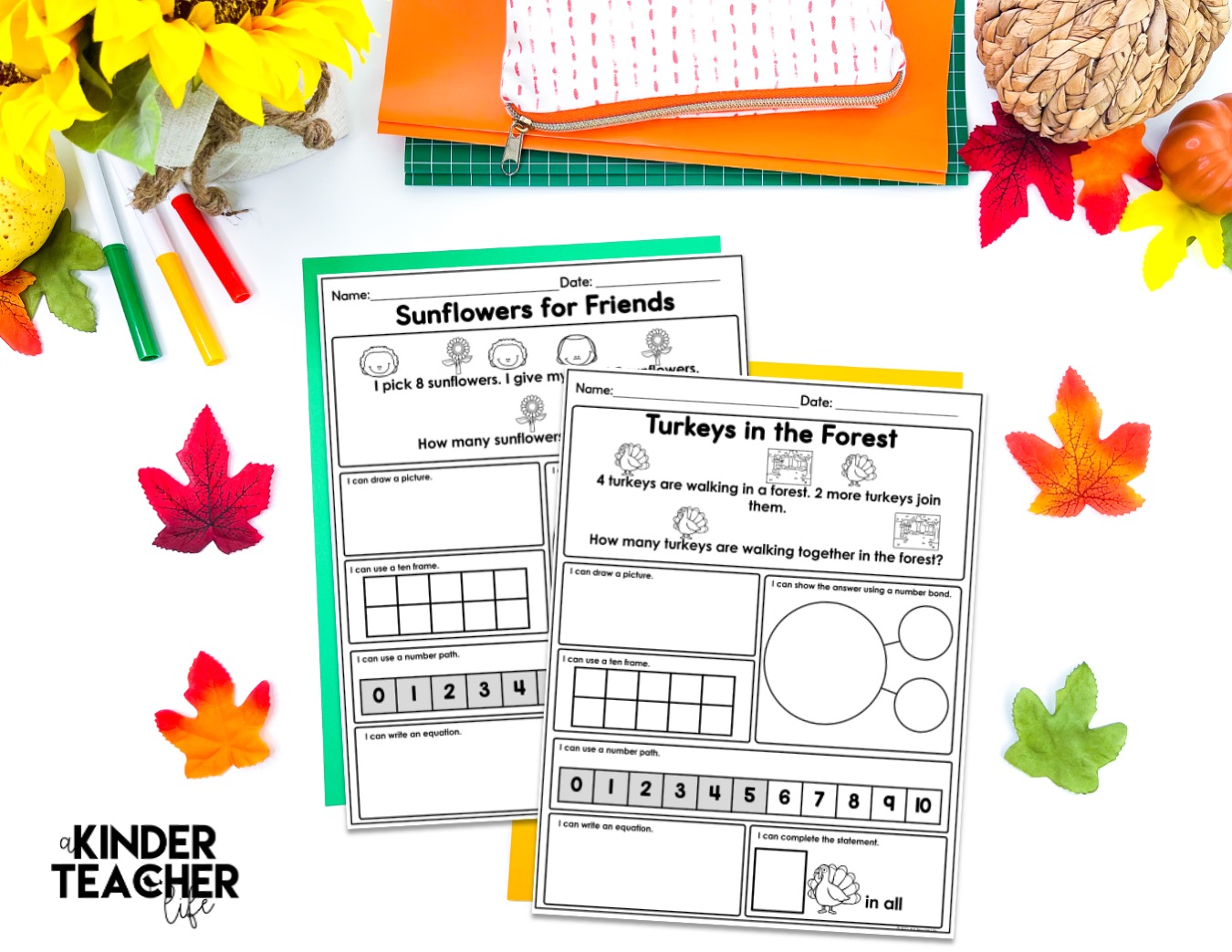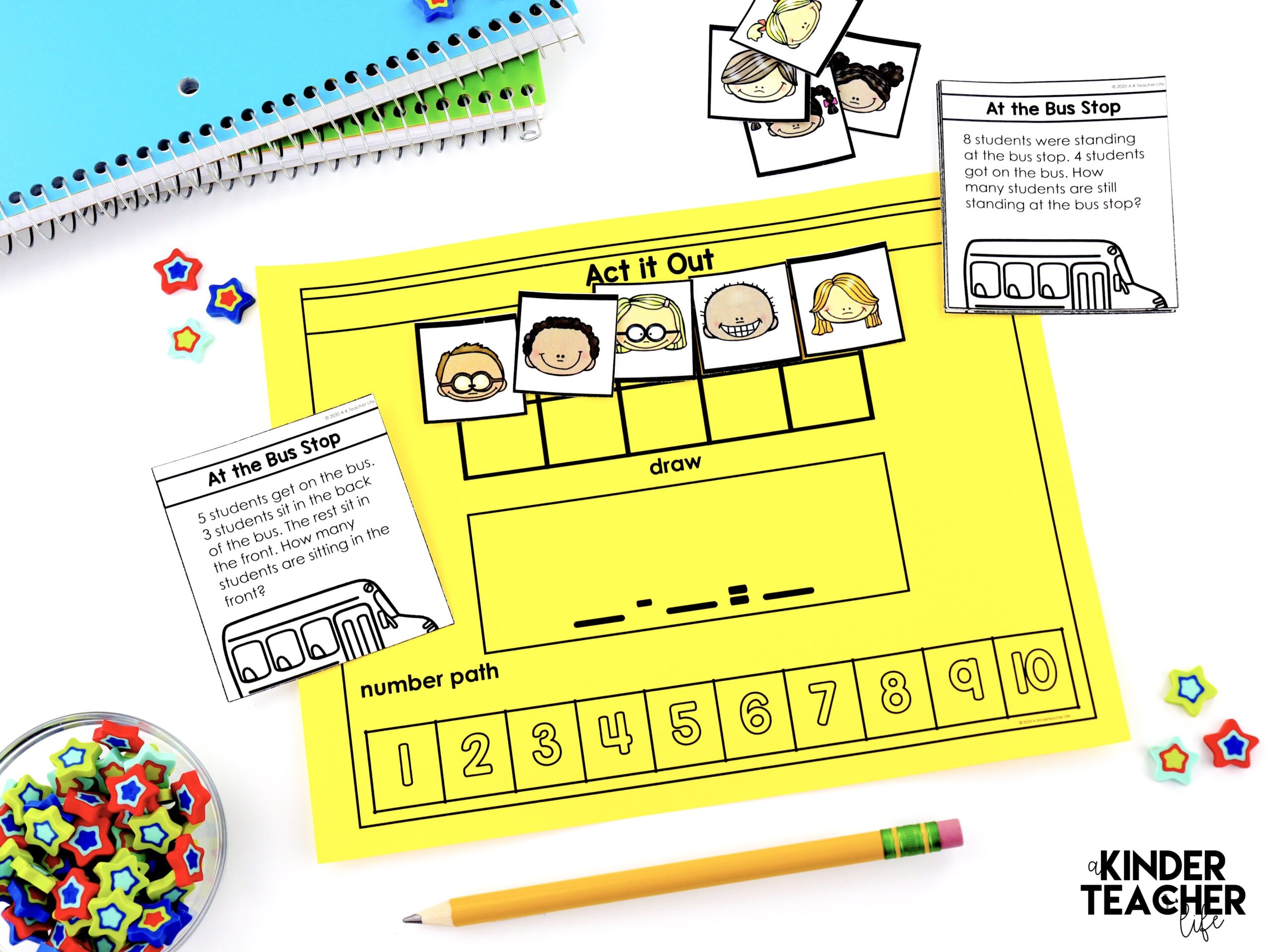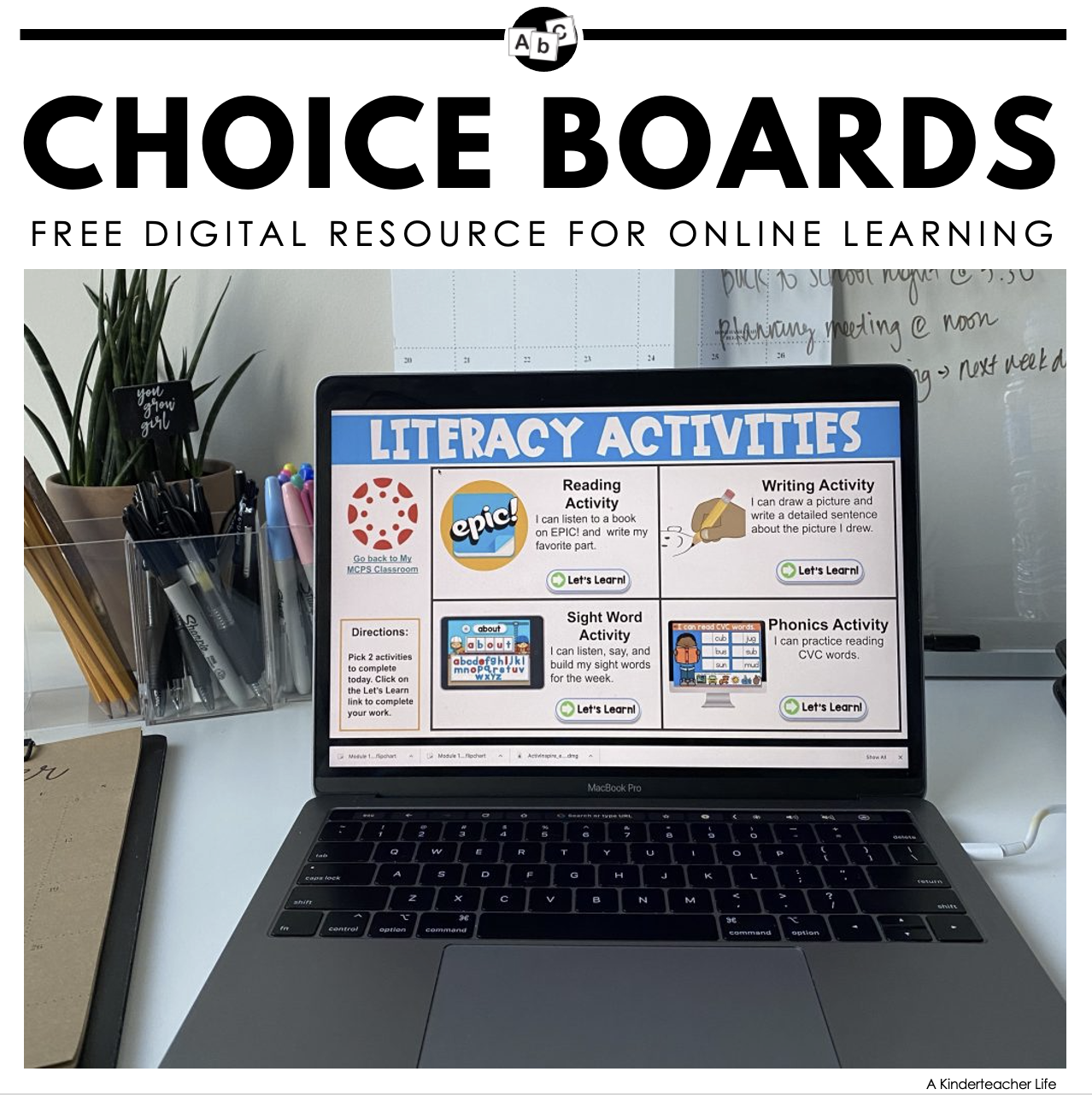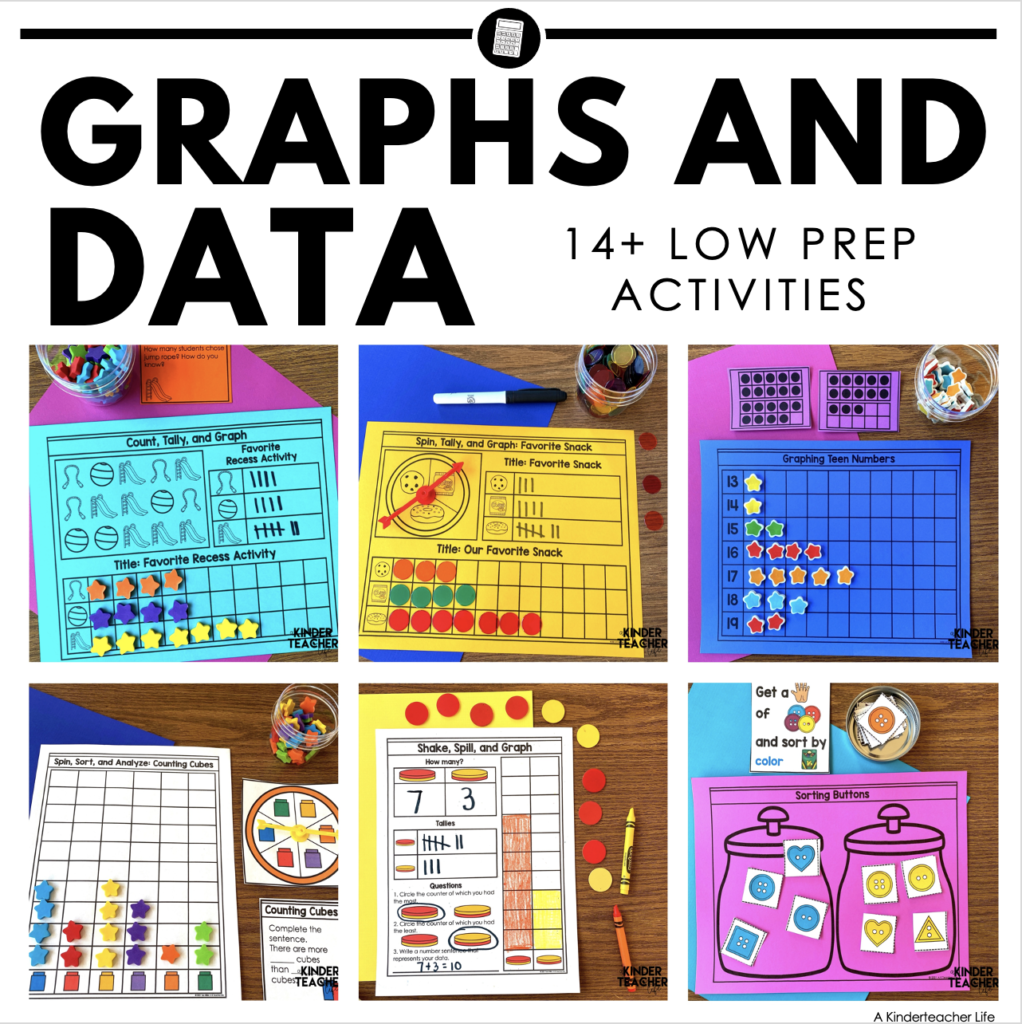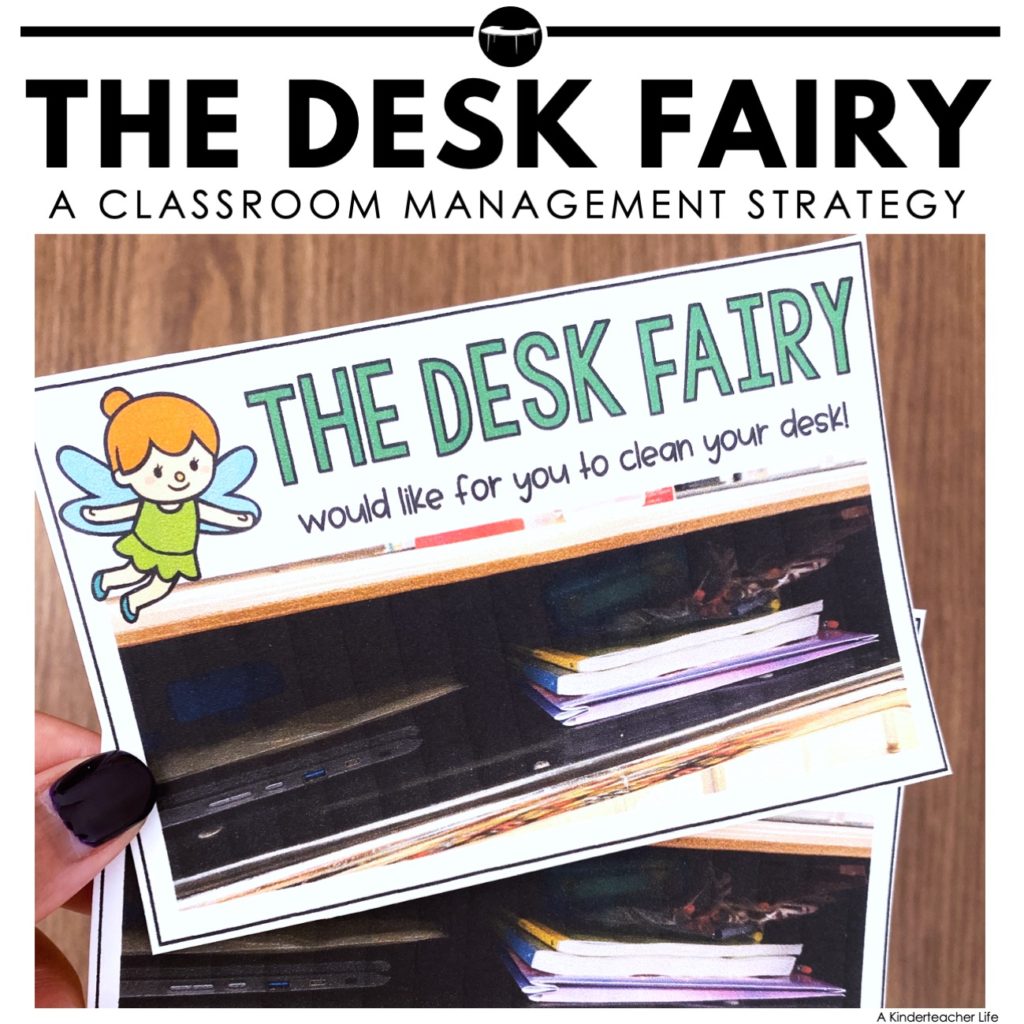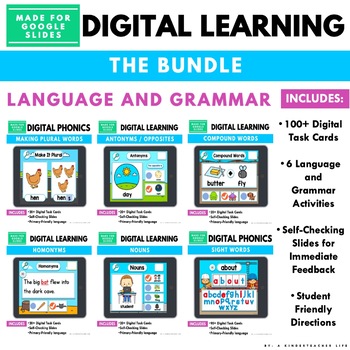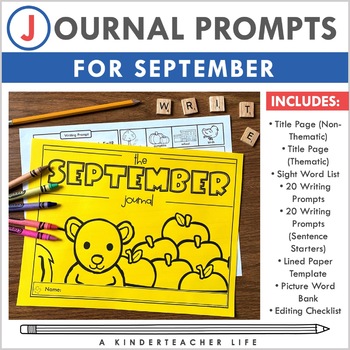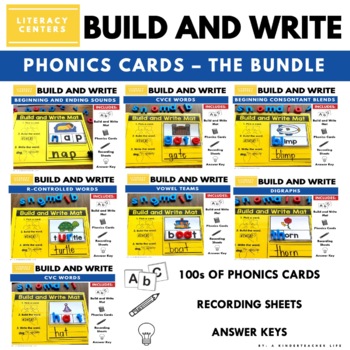Why it’s important to teach phonics in primary classrooms
Phonics is an important skill for reading and writing, and there are many reasons why it is important to teach it to primary-aged students. In the past, I used to fit it in when I could and focused on teaching sight words and getting books in students’ hands during our guided reading block (yikes!) Here’s why phonics should be a priority every day in your primary classroom.
What We Know About Phonics Instruction
Phonics helps students learn to read.
By teaching students how to decode words by sounding them out, phonics helps students become more confident and skilled readers. This is because phonics helps students understand how written language works and how to use that knowledge to read unfamiliar words.
Phonics helps with spelling.
By understanding the sounds that letters and letter combinations make, students can use phonics to spell new words correctly. This is an essential skill as students begin to write more independently.
Phonics helps with vocabulary development.
As students learn new phonics skills, they also learn new words that contain those sounds. This allows students to expand their vocabulary and become more proficient readers and writers.
Phonics helps with comprehension.
When students can decode words accurately and fluently, they can better focus on the meaning of the text they are reading. This helps improve comprehension and overall reading ability.
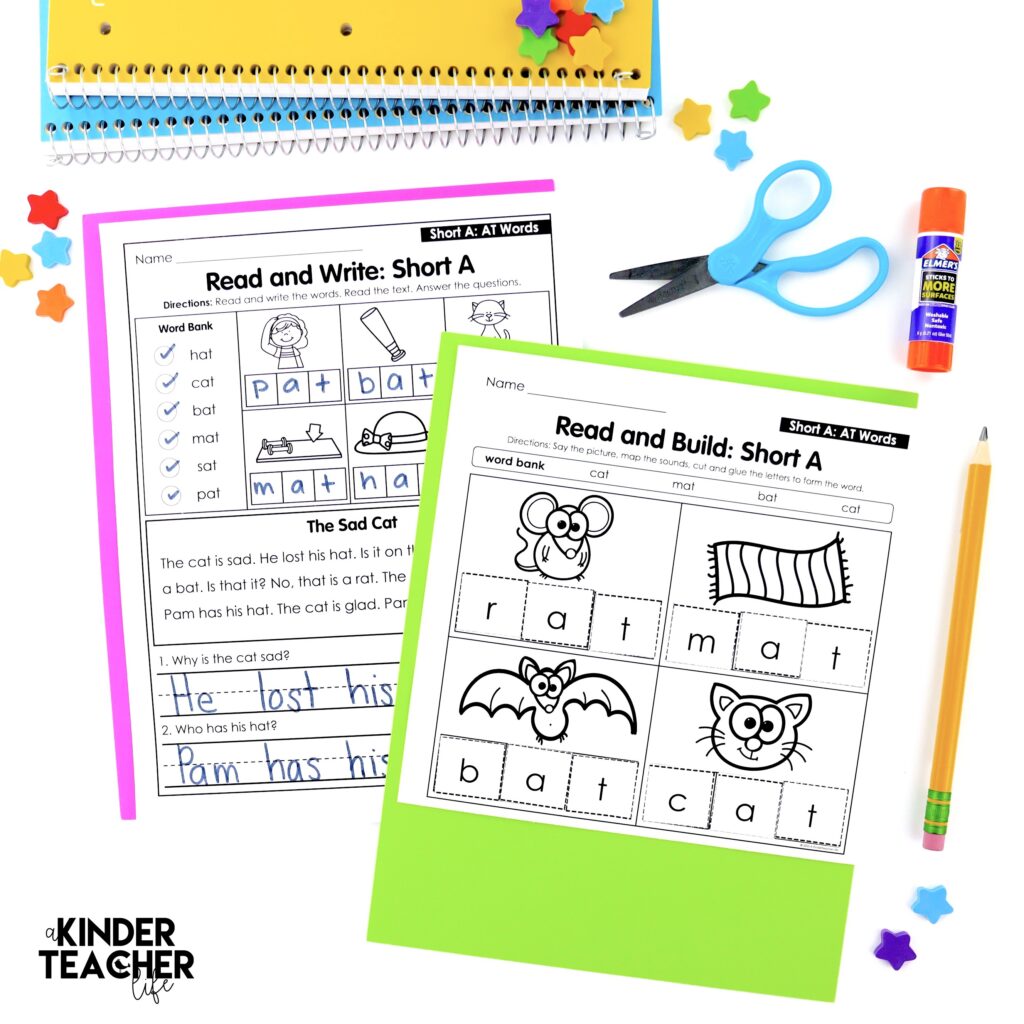
Phonics is an essential foundational skill for students to develop.
It is a crucial building block that students need to continue to grow and improve their literacy skills throughout their education. Educators are laying the groundwork for students to become proficient readers and writers.
It helps with reading, spelling, vocabulary development, and comprehension and is foundational for future literacy growth.
Where do I start?
Here are some FREE research-based resources:
1) Use an explicit and systematic program. You can use free ones online, such as West Virginia Phonics Lessons and Florida Center for Reading Research. You can check out more programs here.
2) Expose students to decodable texts, not leveled texts. Decodable texts are essential for students to practice the phonics skills they are learning.
Decodable texts contain specific grapheme-phoneme correspondences that the teacher has previously taught. This allows students to practice a recently acquired skill and review previously taught skills.
Need Word Family Resources?
This resource is designed to help students practice and reinforce their orthographic mapping skills. Orthographic mapping is the process of connecting sounds to letters in written words. This activity provides a hands-on way for students to strengthen their ability to recognize and associate sounds with letters, an essential aspect of reading fluency. Students can also build their vocabulary and visual memory for words, making this resource a fun and effective tool for improving literacy skills.
Click here to try out theseworksheets.
Want more? Grab the set here.
Happy Teaching,
Tee

